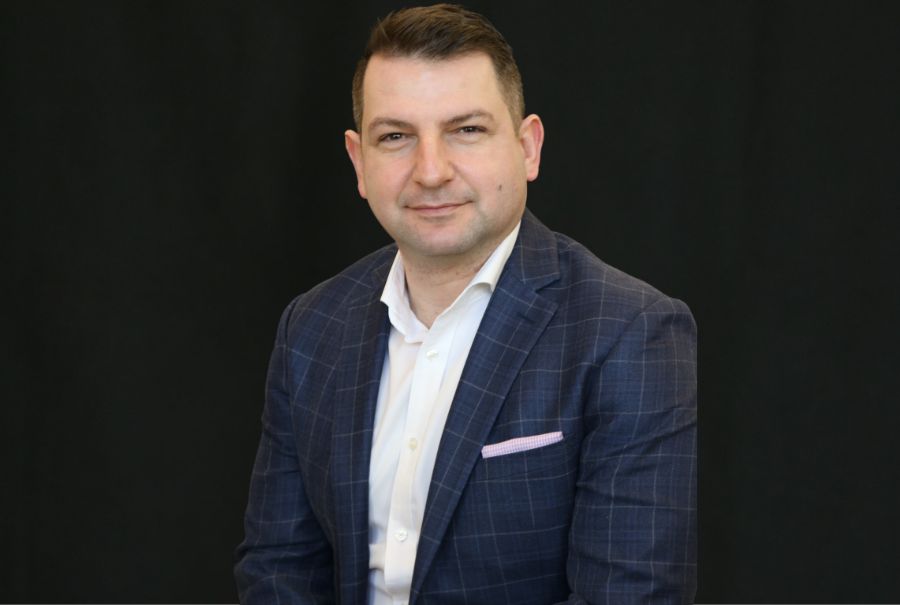Drs. Stella Ng, (L), and Nicole Woods, are scientists at UHN’s Wilson Centre and The Institute for Education Research at UHN (TIER). Dr. Woods is Director of Research at TIER and the Richard and Elizabeth Currie Chair in Health Professions Education Research at UHN. (Photo: UHN StRIDe Team)
Recent findings published in the journal of Advances in Health Sciences Education reveal that a specific approach to teaching for critical reflection can shift the focus of health care professionals to be more collaborative, compassionate and equitable.
“Critical reflection helps bring meaning to a situation by encouraging the process of asking questions, including questions about the beliefs and experiences that shape how we act,” says Dr. Nicole Woods, Director and scientist at The Institute for Education Research at UHN (TIER).
“We wanted to examine whether a specific approach to teaching for critical reflection could optimize how health care professionals see the whole patient including their unique circumstances and consider how societal and systemic barriers may be affecting patients in order to support more compassionate care.”
To explore this, a group of students across several health care professions participated in an online module focusing on social determinants of health. The module was then followed by a reflective group discussion or a critically reflective dialogue exercise, informed by a teaching approach known as critical pedagogy.
To see how the critical pedagogy affected participants, they were then asked to take part in an hour-long homecare curriculum and debrief. This was completed directly after the exercise, then again one week later.
The research team transcribed and analyzed the debriefing sessions.

“We created two sets of descriptive codes — one to indicate what was being talked about, and another to describe how participants talked about the topics,” explains Dr. Stella Ng. “Critically reflective statements were those that touched upon societal assumptions or beliefs, and awareness of broader health care system challenges or structures and reimagined more compassionate ways of thinking and practicing.”
The researchers found that what topics were discussed did not differ between health care professionals who participated in standard reflective discussion versus those who participated in critically reflective dialogue. However, how they spoke did change when the critical pedagogy approach was used. Specifically, those who took part in critical pedagogy were more likely to consider approaches that demonstrated collaboration, advocacy and interprofessionalism.
“Our data show that when critical reflection is incorporated into teaching practice, health care professionals are more likely to think outside of the limits of the clinical environment and consider collaborating with family caregivers, other sectors and professions when advocating for patients,” says Dr. Ng. “Participants who had been taught critical reflection in this way were able to disrupt assumptions, address power differentials and ask important questions.”
While critical reflection can influence how health care professionals speak, the effect was short-lived. When participant language was examined a week later, differences in how participants spoke had waned. Future studies will examine how critical reflection can be incorporated more fully into curricula for health care professions.
The interdisciplinary team suggests a need to identify ways to make the effects of critical reflection as lasting as possible so we can maximize the benefits to patients.
This work was supported by the Arrell Family Chair in Health Professions Teaching, the Ontario Early Researcher Award, and an internal grant from the Centre for Ambulatory Care Education at Women’s College Hospital. Dr. Nicole Woods is Director and Scientist at TIER, Associate Director and scientist at the Wilson Centre, and the Richard and Elizabeth Currie Chair in Health Professions Education Research at UHN. At the University of Toronto she is an Associate Professor at the Institute of Health Policy, Management and Evaluation; and in the departments of Family and Community Medicine, and Surgery. Dr. Stella Ng is Director and Scientist at the Centre for Interprofessional Education, and Scientist at the Wilson Centre and TIER. Dr. Ng is an Associate Professor in the Department of Speech-Language Pathology and the Institute of Health Policy, Management and Evaluation at the University of Toronto.


